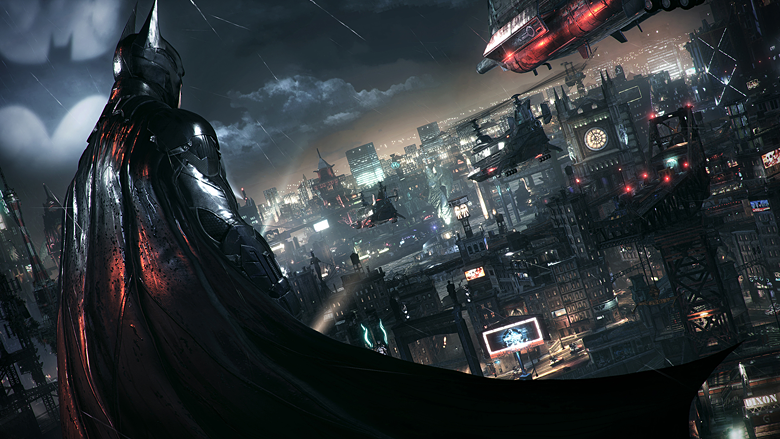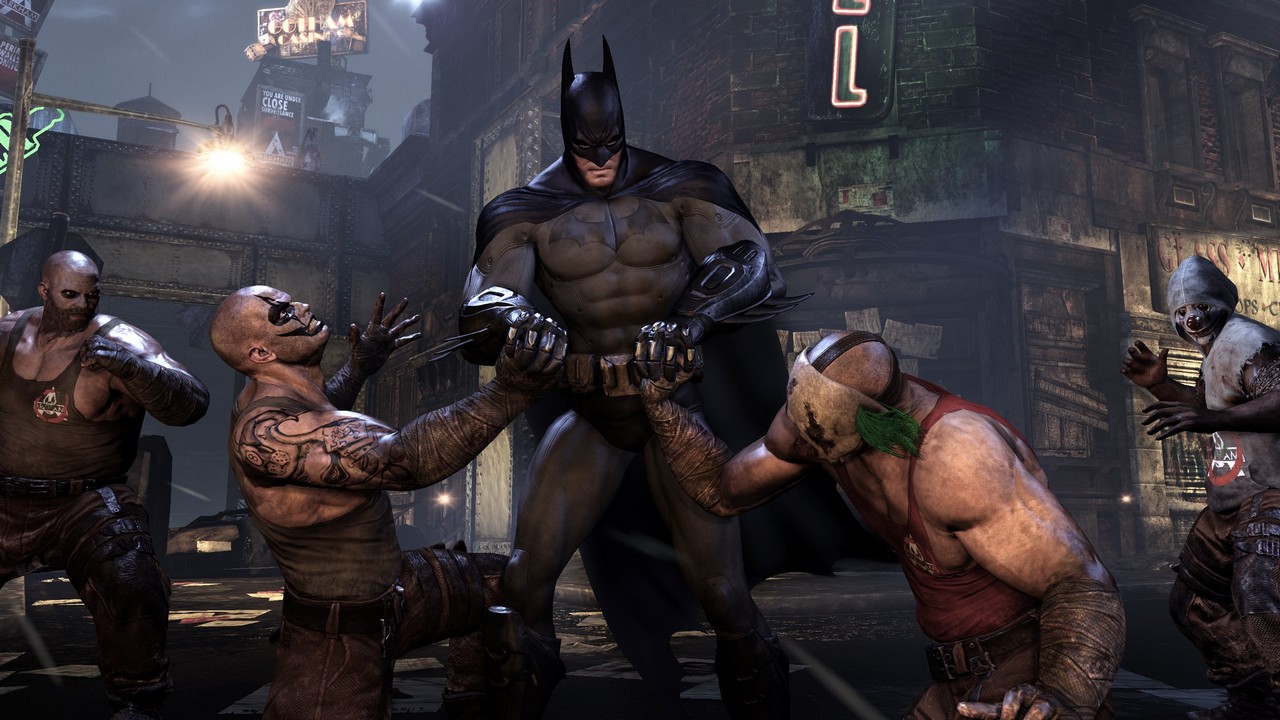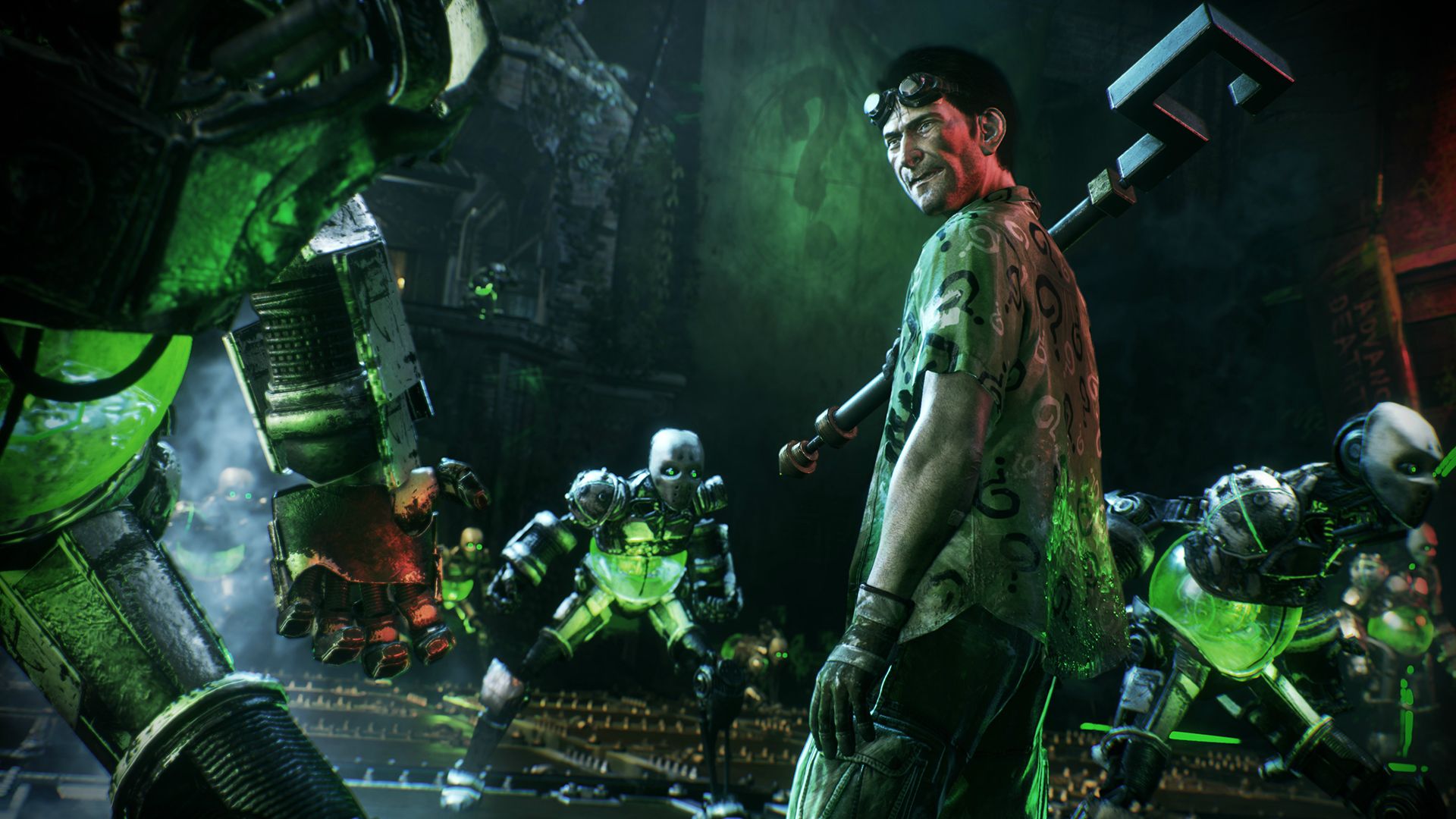Why open worlds are not always the best solution for a game with a plot – using the example of the Batman Arkham series as part of the Game Maker’s Toolkit video cycle, Mark Brown, an indie developer and editor of the Pocket Gamer resource, told. With the author’s permission, we have prepared a printed version of the material. We share.

If you want to know my opinion, then the series of Batman games from Rocksteady is a great example of why more doesn’t always mean better.
The first game in the trilogy, Arkham Asylum, was a pleasant surprise. This is not only a great project and a great embodiment of the franchise, but also a killer game about Batman. The developer realized what exactly makes this hero interesting. That Batman is not just a rich dude in tight leggings who gives bad guys nuts.
There are really crazy villains in Arkham Asylum who know how to touch the Dark Knight to the quick. The game also has a FreeFlow combat system, thanks to which battles with the enemy are very similar to fights in Batman cartoons. And if Batman needs to attack bandits with pistols, he can hide in the shadows and scare his opponent well, thereby gaining an advantage in battle. It’s almost like a survival horror on the contrary – as if you were playing for a xenomorph in Alien: Isolation.
The mechanics of the game did not need a large open world, which at that time was considered an integral part of superhero titles (nowadays all games about them are completely endless runners for the iPhone). Instead, the developers have created a small, very intimate world of the Arkham Asylum mental hospital.
But then there was a sequel. And, as a result, everything has become more.

Arkham Knight turned out to be similar to Grand Theft Auto in miniature. But has the game become better because it has additional square meters? I’m not sure.
Firstly, the main gameplay did not benefit in any way from the fact that an open world was added. He, on the contrary, suffered. Yes, in the “Predator” mode, access to all sorts of different new gadgets and skills has appeared. That’s just that this mode worked best in specially built rooms of a mental hospital for it. There it was necessary to act in a smart way to isolate the enemies. It’s quite another thing – random roofs, from which the Knight swoops on opponents.
New features have also been added to the action. But when you constantly have to fight hordes of enemies that overwhelm the open world, you get tired of these features quickly. Ideally, it is necessary to add to the “sandboxes” exactly those mechanics that require “sandboxes”. Like in Far Cry, where you can attack bases in any way you want. Or like in Grand Theft Auto, where there is a complex chase system.
Otherwise, it turns out that the player is given an overcomplicated UI, with which it is necessary to constantly switch from one gameplay moment to another.
In defense of Rocksteady, I want to say that they have added several mechanics that take advantage of the vast game space. But let’s be honest: did someone really want tank battles with the batmobile to appear in the game, or jumping from roofs in the spirit of Assassins Creed, or the good old capture of towers?

The main thing you have to sacrifice in an open-world game is the plot. If the player is constantly distracted, then even a strong narrative quickly falls apart and loses consistency.
In Arkham Knight, it is necessary to stop the Scarecrow (Scarecrow, the main antagonist of Batman in this series, – approx. editorial offices). But this task quickly turns out to be buried under an endless stream of secondary missions. It is necessary to prevent the bank from being robbed, to disarm the robbers, to train Azriel (Azriel, one of the heroes of Arkham Knight, a playable character in the task “Heir of the Knight”, – approx. editors), track down the Bat-Man (man bat, the protagonist of one of the side missions in Arkham Knight, – approx. editors) and many other things.
To some extent, this conveys the feeling of how much Batman is busy with work and how he has to postpone something for later. But it quickly becomes clear that such an approach is very superficial, since there is no need to prioritize or act quickly.
Take, for example, two events at the very beginning of the game. Two of Batman’s allies are kidnapped-almost simultaneously. But unlike the movie “The Dark Knight”, where the hero had to decide who would survive and who would die, there is no such choice to make. Riddler (Riddler, one of Batman’s enemies, – approx. editors) patiently wait for the hero to rush to his underground bunker. And all threats to kill a hostage will turn out to be an empty sound.
Take your time, Detective. It’s just a side quest.

The open game world, among other things, harms the rhythm of gameplay. Linear games like Uncharted 2 intelligently alternate between moments when you need to shoot or climb, with plot inserts and with episodes in which you need to solve puzzles. Therefore, you do not have time to get bored, the complexity of the game grows gradually and there is an opportunity to thoughtfully learn one or another mechanics.
“Sandboxes” manage this worse. At some point, you discover that you are doing the same tasks or that you are faced with an inexplicably difficult task.
Naturally, open-world games also have a right to exist. They have more freedom, you can complete missions in the order you want. Plus, you get a lot more content for the same money. Games like Fallout or Skyrim use their huge game worlds to the fullest.
But these days, I think the open world for the game is rather a minus.
You get either Assassin’s Creed, where there are so many missions that the map looks like a Christmas tree because of them, or the FUEL game from Codemasters. This title got into the Guinness Book of Records as the owner of the largest open game world. That’s just not a single interesting mission in it.

So, in my opinion, Arkham Asylum proves that the expression “open world” does not have to be taken literally and build a whole world in the game. And the game environment should be measured not in square meters, but by how much interesting game content there is in it.
Arkham Asylum is a small game, but the gameplay rhythm in it is better than in Arkham Knight, and the plot is more solid than in Arkham City. The title causes almost claustrophobia, but the mechanics in it are appropriate.
Spider-Man needs a spacious open world to jump back and forth in it. But Batman fights best when locked up with opponents in a confined space.
I believe that for every game with a monstrously huge open world, there should be a couple or two tiny chamber “sandboxes”. Let there be more games like Resident Evil with its cramped Spencer mansion or Gone Home with a small country house. There are games where there is an open world, but there is no content for the sake of content. Where you can learn by heart all the secret paths and nooks – instead of rushing past them in a sports car. Memorable worlds, not just cold, dull game spaces full of content and features.
After all, as the director of the trilogy Sefton Hill said after the release of Arkham Asylum, “It’s easy to succumb to temptation and stuff different lotions into the game. It is natural for us to draw an equal sign between the number of features and the quality of the game. Do less, but better, not more, but so-so. The world is already full of games filled with mediocre content.”
Source: Mark Brown’s YouTube Blog
